Plants that smell like citrus blossoms
Ventura_Coach
19 years ago
Related Stories
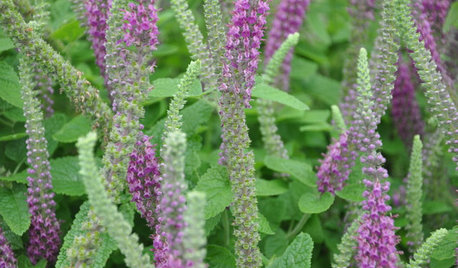
FEEL-GOOD HOME9 Smells You Actually Want in Your Home
Boost memory, enhance sleep, lower anxiety ... these scents do way more than just smell good
Full Story
GARDENING AND LANDSCAPINGCitrus 101: Start Your Own Backyard Orchard
This Earth Day Weekend, Add Some Green, Style and Deliciousness to Your Landscape
Full Story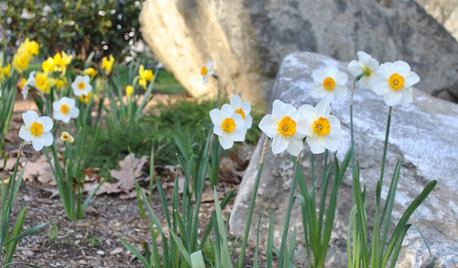
GARDENING AND LANDSCAPINGSpring Blossoms Burst Into the Big City
Warm weather has lured busloads of gorgeous flowers to New York, from shy buds to full-blown blooms
Full Story
GARDENING GUIDESSpring Citrus Care Reaps Months of Sweet Rewards
Learn how to tend citrus trees in spring and ways to preserve their delicious fruit
Full Story
GARDENING GUIDESHow to Keep Your Citrus Trees Well Fed and Healthy
Ripe for some citrus fertilizer know-how? This mini guide will help your lemon, orange and grapefruit trees flourish
Full Story
COLORColor of the Week: 10 Tangy Ways with Citrus Green
Add some zest to your home with a little — or a lot of — lively lime
Full Story
COLORColor of the Week: Spring Blossom Yellow
Tired of winter yet? Bring on spring with our featured color of the week
Full Story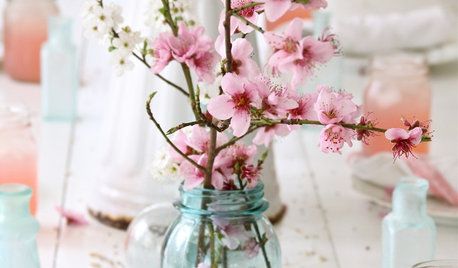
FLOWERS10 Beautifully Blossoming Spring Centerpieces
Pick a single stem or gather a bouquet. Whatever your style, there's a fresh spring floral arrangement here for you
Full Story
GARDENING GUIDESGreat Design Plant: Kumquats for a Juiced-Up Winter
Grow it for the edible fruit or its good looks alone. This citrus cousin will brighten any gray winter day
Full Story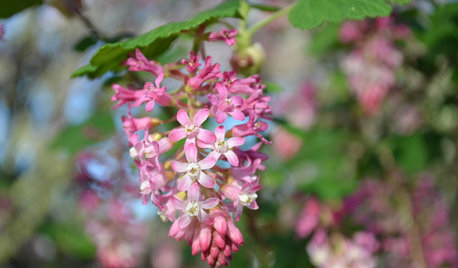
GARDENING GUIDESGreat Design Plant: Feed Wildlife With Flowering Currant
Blossoms and berries make this plant irresistible to birds, bees and other critters — and a treat for the eyes too
Full Story





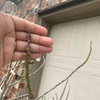
risingpower1
jimshy
Related Professionals
Owings Mills Landscape Architects & Landscape Designers · Clermont Landscape Contractors · Elgin Landscape Contractors · Bedford Landscape Contractors · Dallas Landscape Contractors · Edinburg Landscape Contractors · Florham Park Landscape Contractors · Fort Wayne Landscape Contractors · Kearny Landscape Contractors · Lynchburg Landscape Contractors · Lyndhurst Landscape Contractors · Waipahu Landscape Contractors · Yukon Landscape Contractors · Bensenville Landscape Contractors · Sudley Swimming Pool BuildersCoolPlants
Toba
ankraras
dginfb_yahoo_com
Robert (zone 7a, Oklahoma)
mattdiclemente
mattdiclemente
mattdiclemente